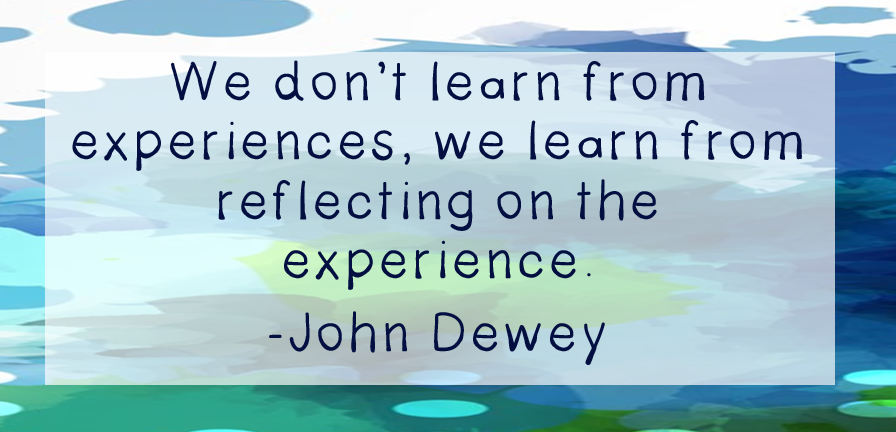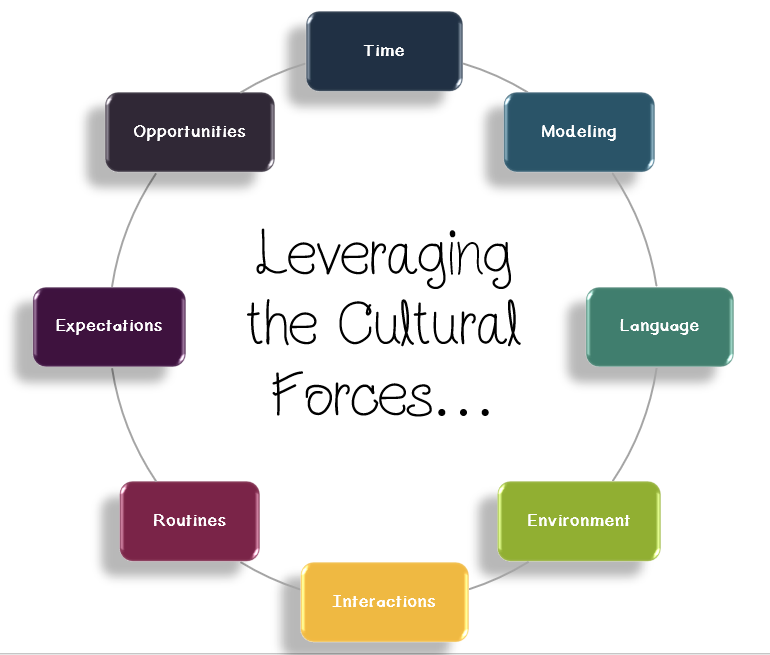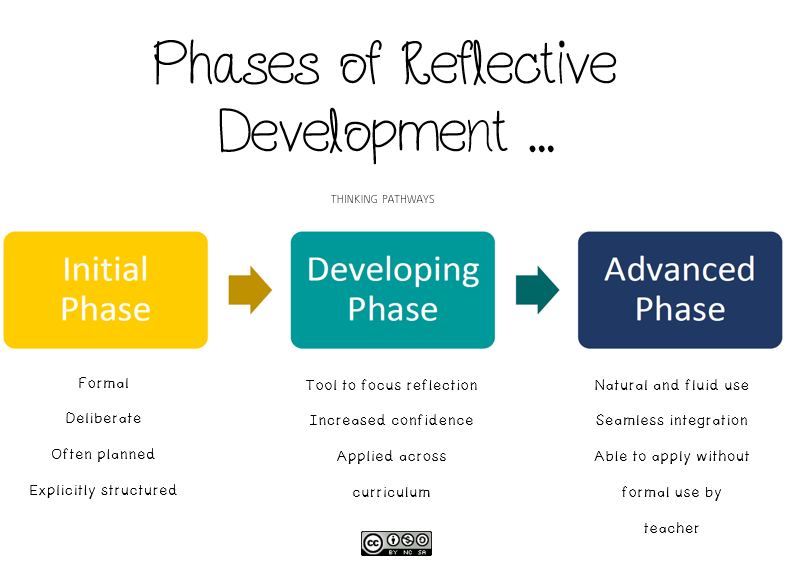|
Whilst most people engage in reflection on a daily basis, much of this occurs in quiet moments by ourselves.
Most students are not used to reflecting on their learning in a structured manner. They will need some help to develop skills in reflective thinking and writing. Whilst this skill may be new to them at first, they will become more familiar with it as they progress. |
So what is Self-Reflection?
Self-Reflection is the evaluation or judgement of one’s performance and the identification of one’s strengths and weaknesses with a view to improving one’s learning outcomes (Demore, 2017).
In a classroom setting, reflecting 'in' and 'on' learning helps our learners to:
In a classroom setting, reflecting 'in' and 'on' learning helps our learners to:
- become more aware of the knowledge and skills they have developed,
- identify strengths and areas for development,
- develop future learning goals,
- gain greater understanding of themselves and how they learn,
- take more responsibility for their learning
How do the 8 cultural forces help to build a culture of self-reflective learners?
|
The 8 Cultural Forces represent the tools or levers teachers and school leaders utilise to transform and shape the culture of their educational context. As Ritchhart highlights in the book Creating Cultures of Thinking (2015) the 'creation of any group culture is ongoing and evolving.' Think about the following prompts:
TIME
|
- Do you use the language of self-reflection in order to provide students with the vocabulary to be able to describe and reflect on their own learning?
ENVIRONMENT
- Do you consider how the environment supports and fosters self-reflection on learning (static vs. interactive displays, layout)?
INTERACTIONS
- Do you engage in thoughtful conversations and learning conferences with students about their learning?
ROUTINES
- Do you utilise scaffolds and prompts to support the development of self-reflection capabilities in your learners?
EXPECTATIONS
- Do you focus on the value of constructive and critical reflections that help to drive learning forward?
OPPORTUNITIES
- Do you strategically plan and provide opportunities for students to engage in self- reflection and peer reflection as part of their ongoing experience in the classroom?
Food For Thought . . .
What we as highly skilled educators need to do is look at how these forces are currently at play within our educational settings. Are there some forces you currently give more weight to? Are there some forces you could work to improve in order to develop a stronger culture of thinking and self-reflection?
Click on the links below to view different ways I scaffold student self-reflection.
Phases of Reflective Development
|
Just like we do when we use thinking routines as strategic vehicles in which to scaffold the thinking of our learners, self-reflective practices of both teachers and students move through different developmental phases (see graphic left).
From initial introduction of a self-reflective strategy to the development of it as a strategic tool to reflect on learning through to the advanced integration of reflective strategies to evaluate and promote their own learning and growth. |
When I first introduce reflective strategies and tools to students they are formal, deliberate and planned. I explicitly structure them to help scaffold reflection and use think alouds to model my own reflection using the tool or strategy. I repeatedly use them across the curriculum to help build student confidence and competence to move from the initial phase towards using the reflective strategies as a tool and beyond to their seamless and natural use in a variety of situations.
When introducing self-assessment:
To support self-assessment:
When introducing self-assessment:
- provide guided opportunities to self-assess
- provide students with feedback on the ‘quality’ of their self-assessments
- teach students how to use feedback from self‐assessments to set learning goals and plan the next steps
- demonstrate how students can monitor their learning and progress towards their goals.
To support self-assessment:
- provide opportunities for students to self-assess at all stages of the learning process
- make self-assessment a regular part of what students do during and after learning rather than a ‘bolt on’ activity
- ensure students understand that self-assessment is about learning and improvement, not being right or wrong
- explicitly teach, model and scaffold self-assessment
- use a range of techniques and tools to enable students to gradually take increasing responsibility for their own learning and progress
- teach students the language of self-assessment, such as evaluation, reflection, goal-setting and targets
- ensure that parents and carers understand why you use self-assessment and that it is only one of a variety of assessment strategies that you use.
Please note that these pages contain a collection of resources and links to activities to support and enhance classroom teaching and learning. The thumbnails and activities are the property of the authors/creators and available due to their generosity in sharing their work. All sources are acknowledged on the ACKNOWLEDGEMENT OF SOURCES page.
This website contains NSW syllabus content prepared by the NSW Education Standards Authority for and on behalf of the State of New South Wales which is protected by Crown copyright. https://www.educationstandards.nsw.edu.au/wps/portal/nesa/home
This work is licensed under a Creative Commons Attribution-NonCommercial-ShareAlike 4.0 International License.
This website contains NSW syllabus content prepared by the NSW Education Standards Authority for and on behalf of the State of New South Wales which is protected by Crown copyright. https://www.educationstandards.nsw.edu.au/wps/portal/nesa/home
This work is licensed under a Creative Commons Attribution-NonCommercial-ShareAlike 4.0 International License.



